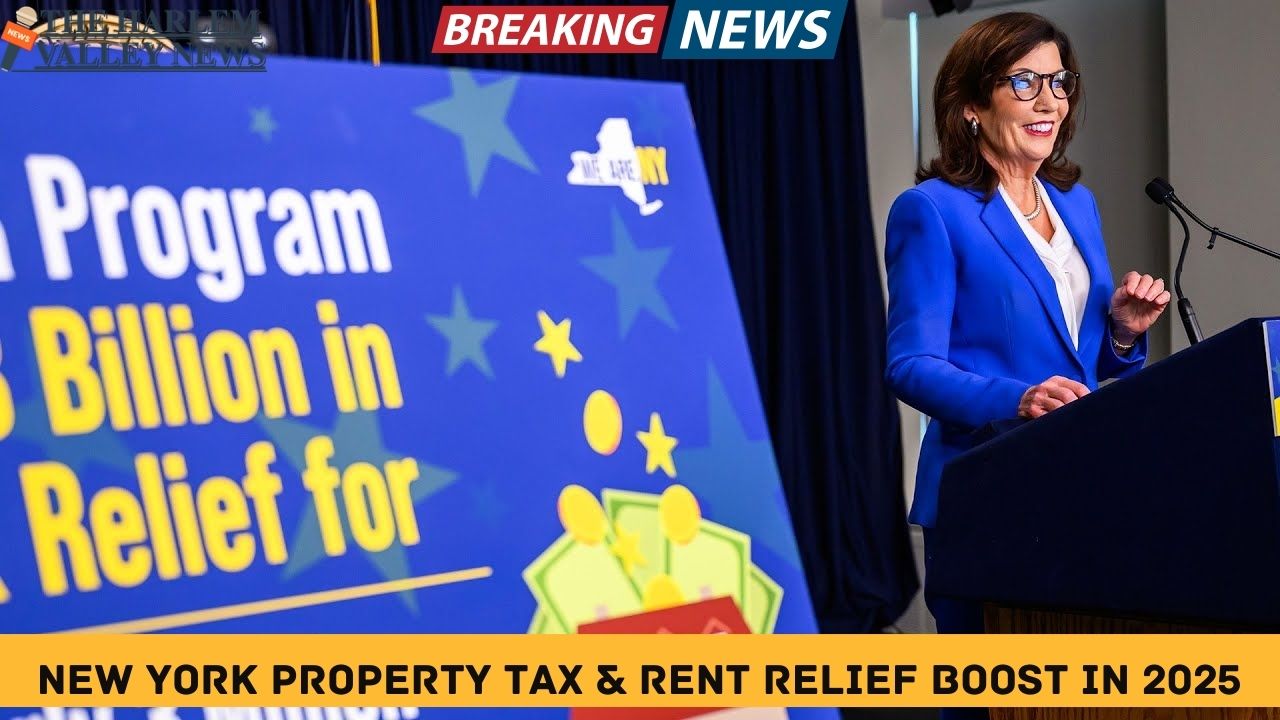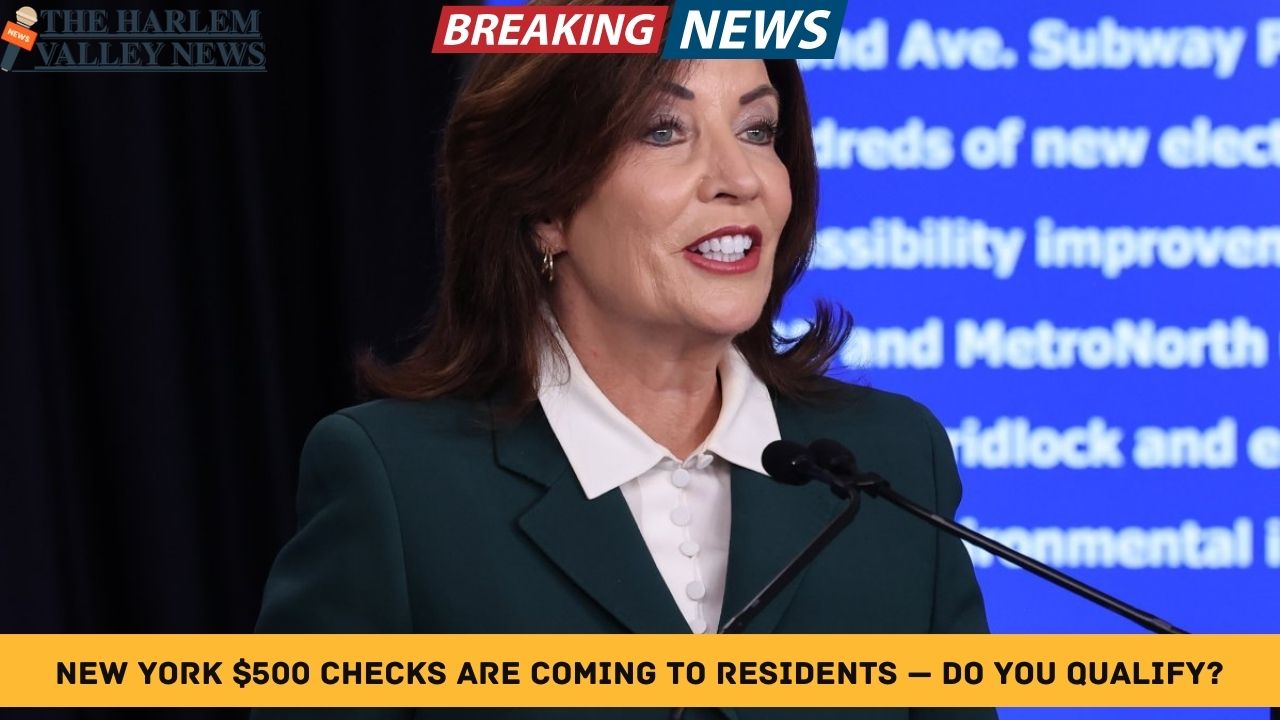For decades, millions of Americans, including workers in New York, have planned their golden years around a single benchmark: the age at which they could retire with full Social Security benefits — currently 67 for those born in 1960 or later. But recent debates, policy considerations, and rising economic pressures are reshaping what retirement in New York really looks like.
The age of 67 may no longer be the firm line it once was. Instead, lawmakers and experts are now discussing new thresholds, shifting expectations, and even redefining what retirement itself means in the modern era. For many, this represents not just a policy change, but a transformation of financial, social, and cultural norms.
This article explores the evolving landscape of retirement in New York, how the Social Security “full retirement age” is changing, what it means for workers across different industries, and what New Yorkers need to prepare for in the coming years.
The Traditional Retirement Age: How We Got to 67
Retirement, as a government-backed reality, did not always exist. Social Security was first introduced in 1935 under President Franklin D. Roosevelt to provide economic security for older Americans after the Great Depression. At the time, the “normal retirement age” was set at 65.
As life expectancies increased and economic realities shifted, retirement ages were adjusted. In 1983, reforms gradually increased the full retirement age from 65 to 67 for those born after 1960. This was meant to sustain Social Security’s solvency and account for longer lifespans.
For decades, the concept was simple: People worked until their late sixties, collected benefits, and enjoyed their retirement years. However, that equation no longer holds steady.
Why the Retirement Age Is Changing Again
Several factors are driving the new conversation around retirement eligibility:
-
Life Expectancy Trends: Although Americans are living longer than in 1935, recent data shows rising chronic illnesses, lifestyle-related deaths, and health disparities among different socioeconomic groups. This raises questions about whether simply raising the retirement age is fair.
-
Social Security Funding Challenges: The Social Security trust funds are projected to become insolvent by the mid-2030s. Without reform, benefits could face reductions of around 20% or more. Adjusting the retirement age, again, is one of the levers policymakers may pull to preserve the system.
-
Economic Pressures on Workers: Inflation, housing prices, and healthcare costs in states like New York have skyrocketed. Many workers already expect to continue working beyond 67, either by necessity or choice.
-
Changing Workforce Dynamics: The availability of remote work, gig economy roles, and part-time employment reshapes how retirement will be phased in. Retirement is less likely to be an abrupt stop and more of a gradual transition.
The New Proposal: What Is Changing in New York?
Reports suggest that policymakers are considering setting a new benchmark retirement age beyond 67, potentially closer to 68 or even 70. More importantly, New York is closely monitoring these national discussions because a retirement age adjustment impacts one of the largest workforces in the nation.
For residents, this means that the widely accepted norm of retiring at age 67 may no longer guarantee full Social Security benefits. Depending on legislative action, workers may need to wait longer to collect their maximum benefits or accept reduced payouts if they retire earlier.
Early vs. Full vs. Delayed Retirement: The New Math
To understand how this changes things, let’s look at what early, full, and delayed social security benefits mean:
| Type of Retirement | Current Age Thresholds | Possible New Adjustments | Monthly Benefit Impact |
|---|---|---|---|
| Early Retirement | 62 years (earliest, reduced) | May remain the same (or increase to 63) | Up to 30% lower than full benefits |
| Full Retirement Age (FRA) | 67 years (born 1960+) | Could shift to 68 or 70 | Full benefit eligibility once reached |
| Delayed Retirement | Up to age 70 | Up to age 72 | Increases benefit by ~8% per year until max age |
Under proposed scenarios, retiring at 62 would still be possible but with even steeper financial penalties. Full retirement could move from 67 to 68 or 70, meaning a longer wait for full benefits. And those who delay retirement could potentially gain more, but into their early seventies.
Impact on New Yorkers Across Different Sectors
The impact of raising the retirement age goes far beyond the numbers. It fundamentally changes the trajectory for workers across New York’s diverse economic landscape:
-
Healthcare Workers: Nurses, aides, and doctors already face physically demanding jobs. Working into the late sixties or seventies may be unrealistic.
-
Construction & Trade Employees: Physically labor-intensive jobs become far more challenging past the mid-sixties. This raises questions of fairness.
-
Office and Remote Workers: Those in less physically demanding roles are more likely to adapt to delayed retirement ages.
-
Entrepreneurs & Gig Workers: Flexibility offers them options, but they still rely heavily on Social Security as part of retirement planning.
The Financial Equation: How Social Security Fits into Retirement Planning
Social Security was never intended to serve as the sole source of retirement income. Yet for many New Yorkers, especially lower and middle-income households, it represents the primary or only retirement asset.
Key Financial Facts:
-
The average Social Security benefit in early 2025 is about $1,915 per month.
-
For nearly 40% of retirees, Social Security makes up at least 50% of their income.
-
Around one in five retirees depend on it for 90% or more of their income.
As the retirement age increases, this financial reliance becomes increasingly strained. Workers must reimagine savings, 401(k) contributions, and part-time work plans to prepare for the gap years between when they wish to retire and when they can collect full benefits.
Generational Divide: Boomers, Gen X, Millennials, and Gen Z
The changing retirement age doesn’t affect everyone equally. Different generations in New York will experience different realities:
-
Baby Boomers: Many have either retired or are near retirement, unaffected by new thresholds.
-
Generation X (born mid-1960s–1980): On the frontlines of the change, most of this group is currently in their 40s and 50s and will likely face the full brunt of new retirement rules.
-
Millennials: The new retirement age may be all they ever know, forcing them to save earlier and diversify retirement plans.
-
Gen Z: This group has the longest runway to adapt but may also inherit a much weaker Social Security system unless major reforms happen.
New York’s Economic Reality: Why Retiring Later Feels Harder
Retirement in New York is uniquely challenging compared to other states due to high living costs:
| Category | New York Costs (Monthly Average) | National Average |
|---|---|---|
| Housing | $2,050 | $1,200 |
| Healthcare | $580 | $460 |
| Transportation | $350 | $270 |
| Food | $450 | $340 |
| Utilities | $200 | $170 |
These disparities highlight how New Yorkers already spend a larger share of their income just on basics. Raising the retirement age means many will need to work longer just to keep up.
Possible Long-Term Effects of a Later Retirement Age
The shift from 67 to a higher age could have ripple effects:
-
Workforce Extensions: Employers may need to support aging workers with flexible schedules, ergonomic workplaces, and phased retirement plans.
-
Social Inequality Growth: Higher-income, healthier Americans are more capable of working longer than lower-income workers in physically taxing jobs, potentially widening the gap.
-
Healthcare Strains: Older workers remaining in the labor force could increase demand for healthcare support.
-
Redefinition of Retirement: Instead of a single turning point, retirement may increasingly become a gradual “phased exit” with part-time or freelance work.
What New Yorkers Can Do to Prepare
While the policy debate unfolds, individuals can take actionable steps to prepare:
-
Start saving earlier and consistently in 401(k)s, IRAs, or Roth accounts.
-
Consider supplemental income streams — rental properties, side businesses, or freelance opportunities.
-
Explore health insurance options to cover the gap between retirement and Medicare eligibility.
-
Stay physically and mentally healthy to remain employable as the workforce ages.
-
Leverage New York’s financial literacy resources, retirement workshops, and employer-sponsored seminars.
The Psychological Impact: Beyond the Dollars
Retirement is not just about money — it is about identity, purpose, and freedom. For generations, the promise of being able to stop working at a certain age provided a sense of structure and hope. As that timeline shifts, many may face anxiety, frustration, or even a sense of betrayal.
This means policymakers and communities must also consider mental health resources, age-friendly work policies, and community engagement opportunities for older workers navigating longer careers.
Conclusion: The Future of Retirement in New York
The age of 67 was once considered a universal gateway into retirement security. Now, as policymakers signal that full benefits may shift later, New Yorkers must prepare for a new normal. The change will challenge individuals, families, and entire industries, but it may also push Americans to rethink retirement not as a cliff, but as a more gradual, flexible journey.
Social Security remains one of the most important lifelines for millions of New Yorkers. But the message is clear: the rules are changing. For those hoping to retire comfortably, the future will depend less on government assurances and more on personal planning, economic adaptation, and resilience.












Leave a Reply